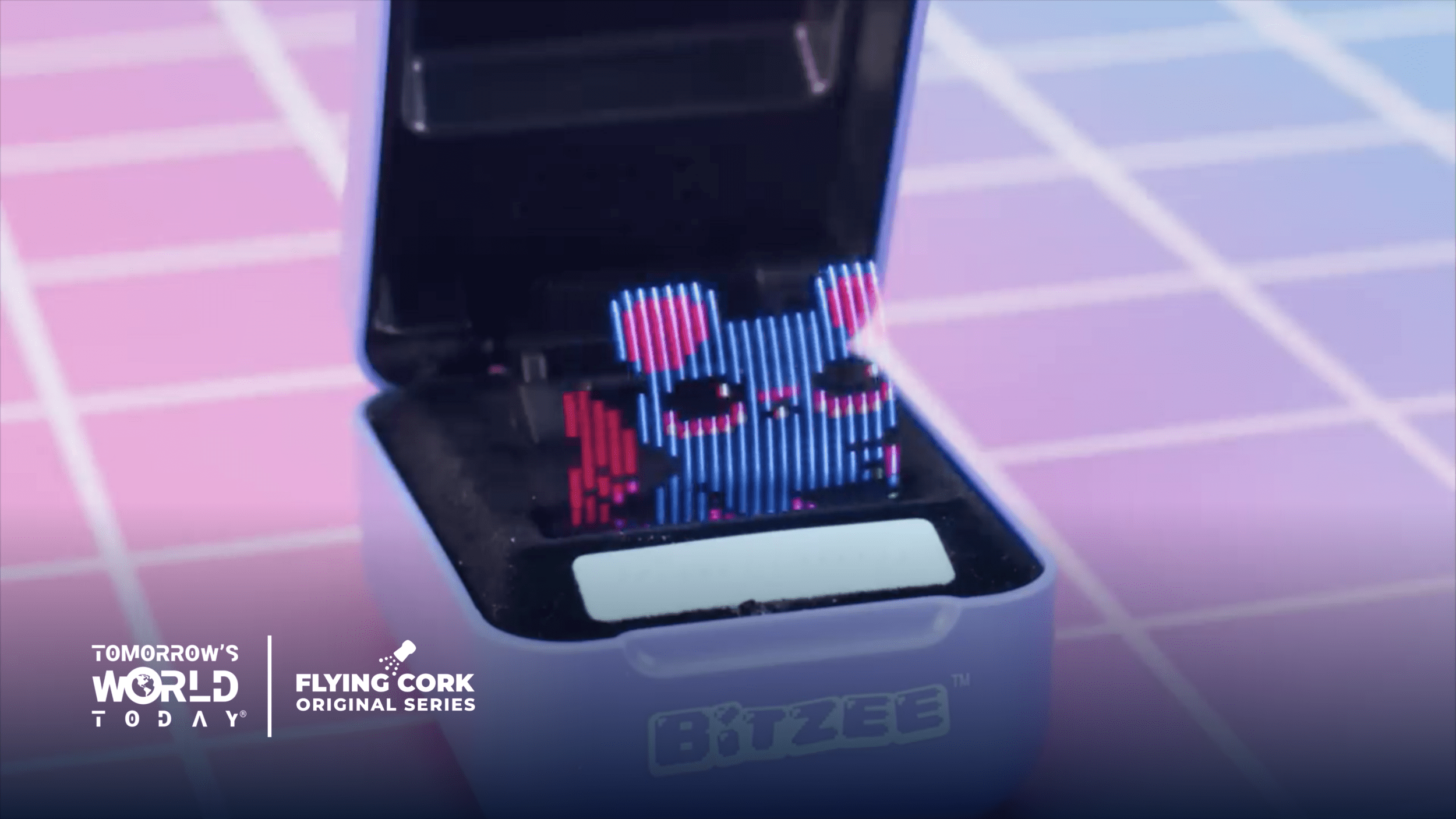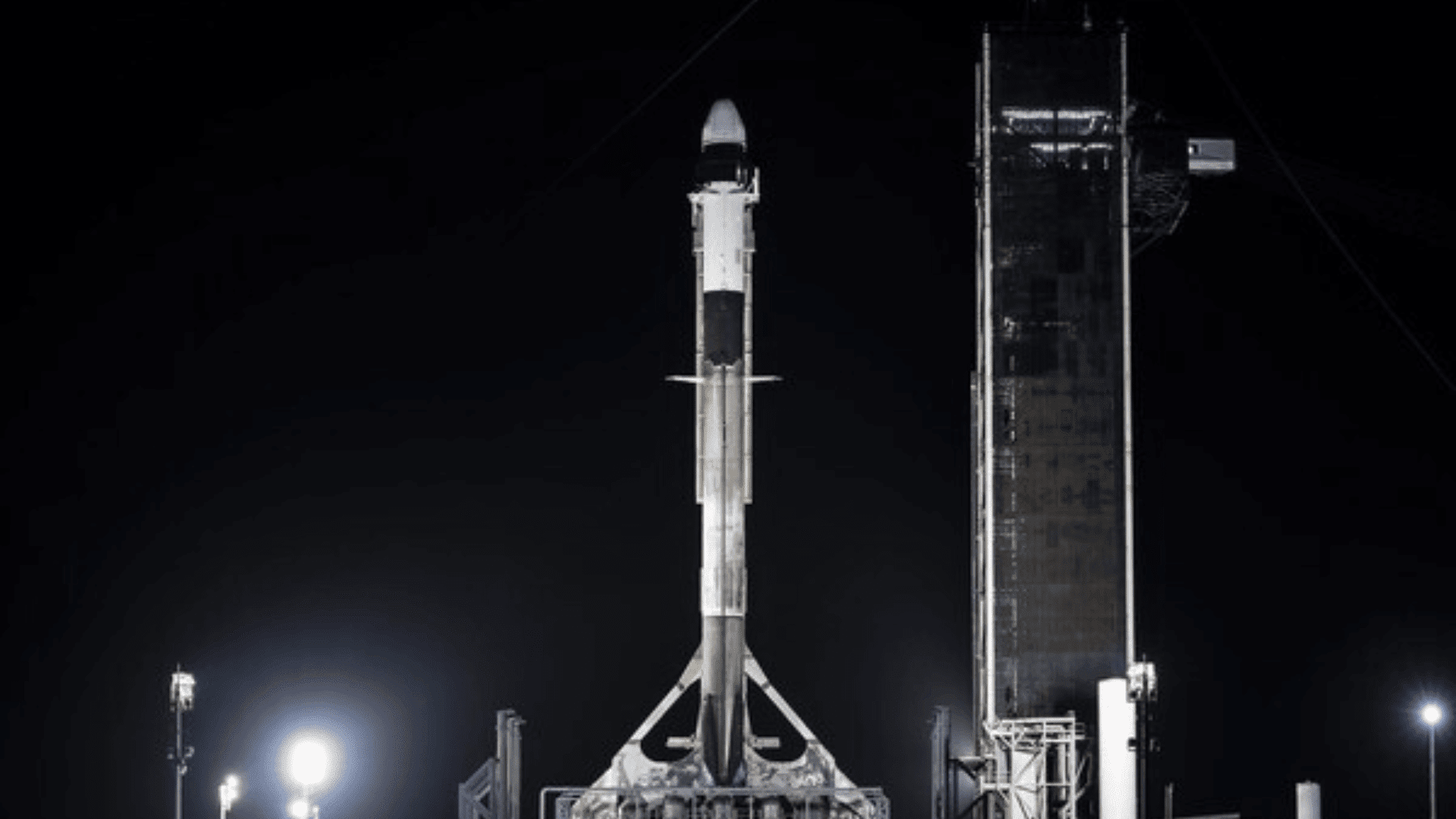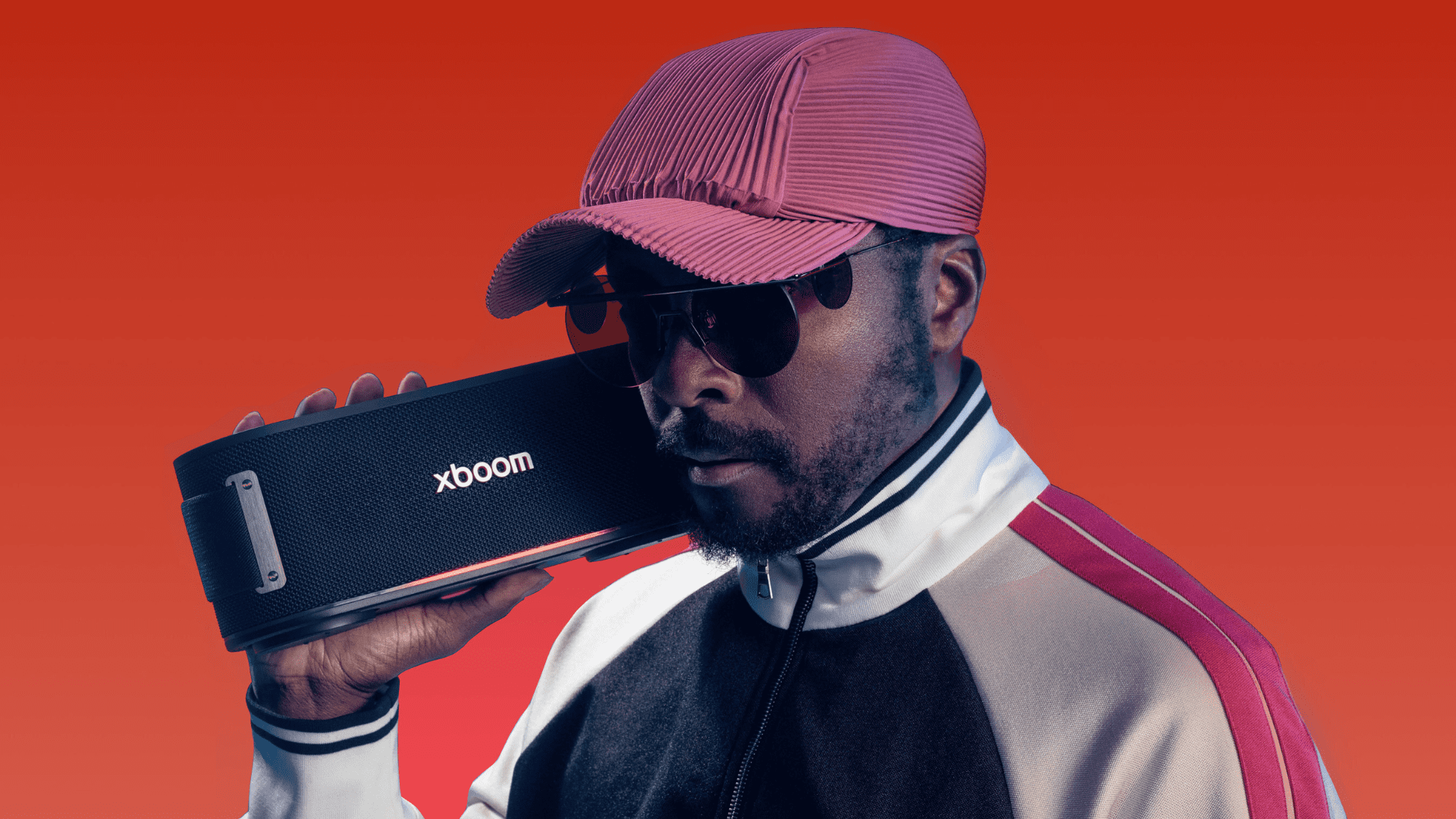There is a new Guinness World Record holder for the fastest Rubik’s Cube time, and it’s a robot. But don’t worry, the Japanese robot didn’t steal the world record from a human. There is a separate section of records for robots.
World Record Robot
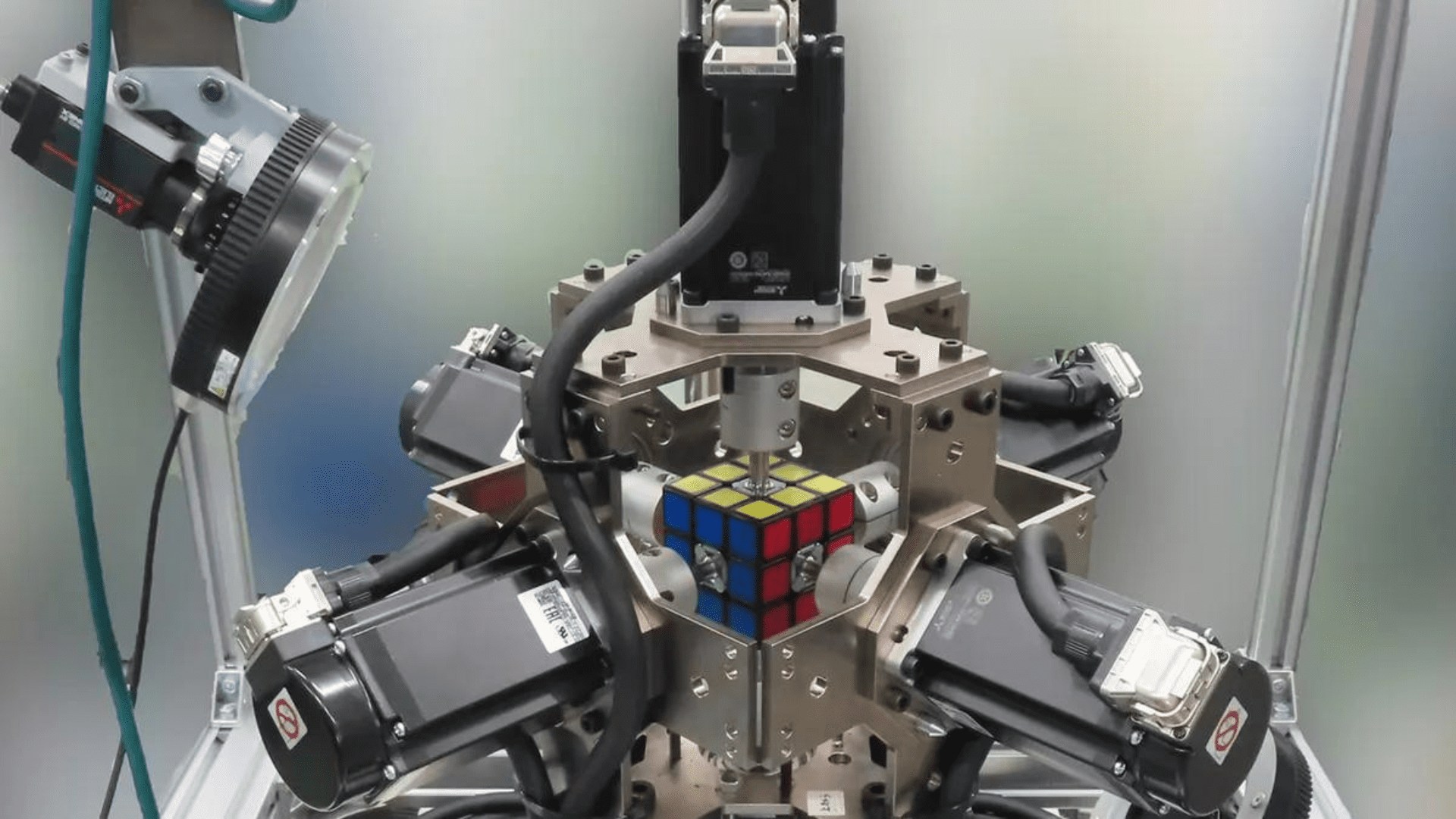
Thanks to artificial intelligence, a robot solved the Rubik’s Cube in record time. The AI helped the robot distinguish between the cube’s color patterns. What makes the accomplishment more astonishing is that the robot completed the cubed puzzle faster than in the blink of an eye.
The “TOKUI Fast Accurate Synchronized Motion Testing Robot” (TOKUFASTbot) is a product of Japan’s Mitsubishi Electric Corporation. Aside from breaking records, the robot’s goal is to improve factory automation equipment. It has six arms attached to a multi-axis motor and a high-speed camera, both of which are attached to an industrial computer. According to Mitsubishi representatives, it is capable of turning each arm 90 degrees in just 0.009 seconds.
Breaking the Record
TOKUFASTbot set the record on May 21 after solving the Rubik’s Cube in 0.305 seconds, according to the Guinness Book of World Records. An MIT robot set the previous record of 0.38 seconds in 2018. According to Harvard University’s bionumbers database, the human blink takes between 0.1 and 0.4 seconds. The new record is around 10x faster than the human record of 3.13 seconds. Max Park set the record in June 2023.
Explore Tomorrow's World from your inbox
Get the latest science, technology, and sustainability content delivered to your inbox.
I understand that by providing my email address, I agree to receive emails from Tomorrow's World Today. I understand that I may opt out of receiving such communications at any time.
On May 7, TOKUFASTbot solved a puzzle cube even faster at 0.204 seconds. However, it didn’t count because it didn’t adhere to the Guinness Book of World Records’ “measurement rules.” Of course, that didn’t stop the robot from smashing the world record. In addition, the cubes that are used in record attempts are referred to as puzzle cubes. This is because of a trademark that was recently overturned. However, we can assume that the puzzle being used is a Rubik’s Cube.
Solving the Rubik’s Cube
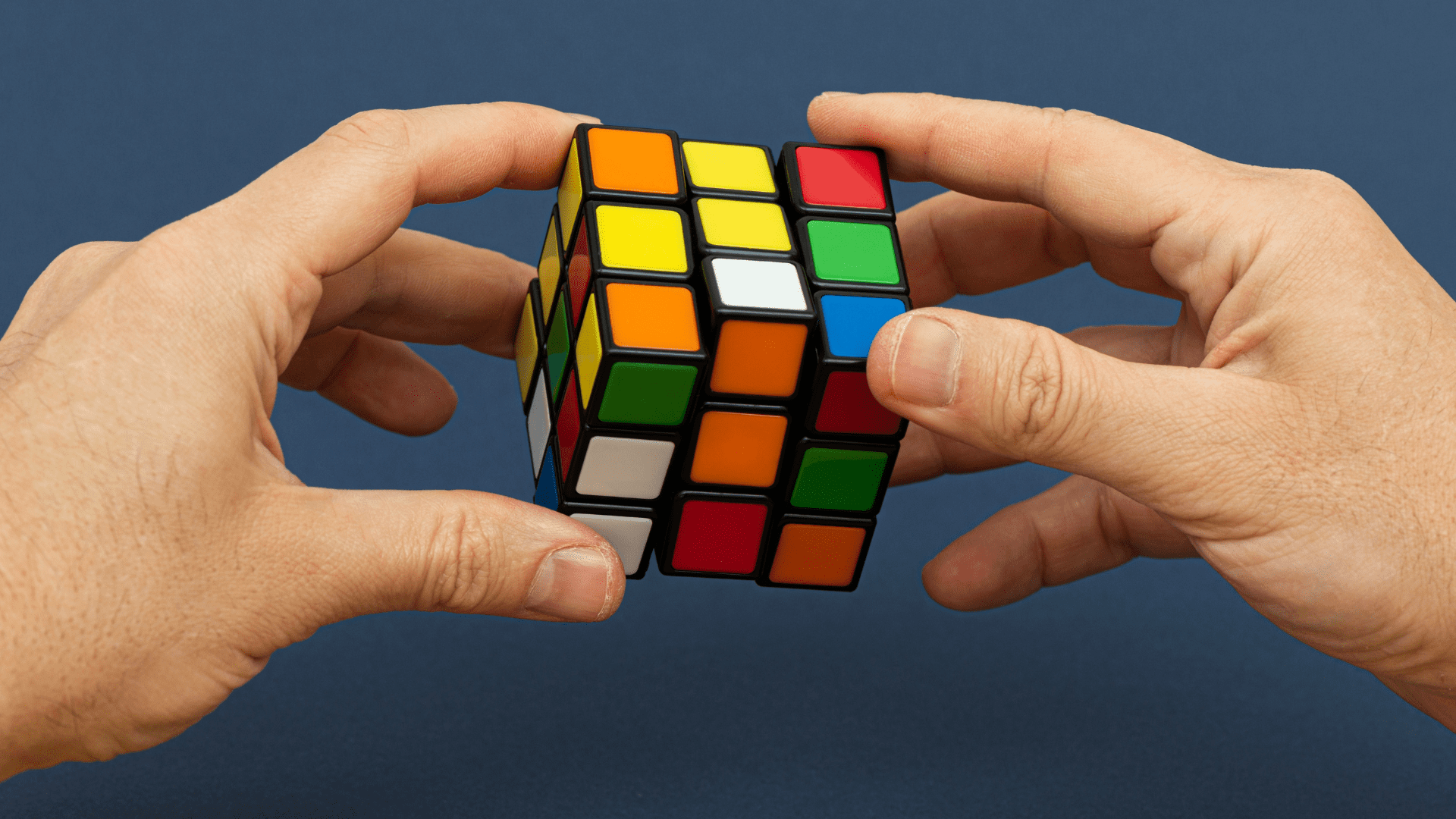
Rubik’s Cubes are iconic. The puzzle toy was invented in 1974 by Hungarian sculptor and architect Ernő Rubik. It took the inventor a month to solve the first cube but in his defense, the first cube didn’t have colors.
There are more than 43 quintillion possible combinations in the test of dexterity and computing power. As a result, robotics engineers compete to see how fast their creations can solve the puzzle. The speed of the machinery plays a huge role but it relies on how fast a robot’s computer system can process information. The TOKUFASTbot excels in this area. That is because of an AI system that helps it distinguish the cubes’ colors. It factors in minute changes caused by positioning, lighting, and shadows that can trip up a standard color sensor.



